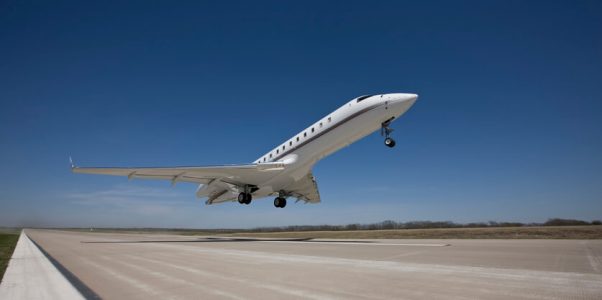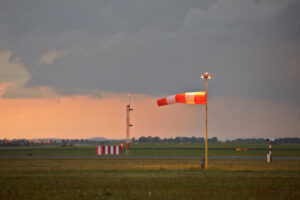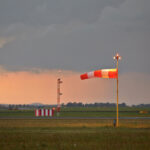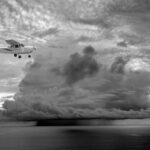Reviewing Angle of Attack for Safe Flying
Whether you are a professional pilot with 20,000 hours or a student pilot fresh out of ground school, angle of attack (AOA) is important. And, unless you are fortunate enough to have an AOA indicator in your plane, you won’t always know how close you are to a dangerous situation, so basic knowledge (or a quick review) is essential for a safe flight.
Definitions Associated with Angle of Attack
- Angle of attack (AOA) is the angle at which the chord of an aircraft’s wing meets the relative wind.
- Chord is a straight line from the leading edge to the trailing edge.
- Relative airflow is the resultant force of the air created when an aircraft moves forward.
- Critical Angle of Attack is where the airflow separates from the wing, causing a loss of lift.
- Stall occurs when the critical angle of attack is exceeded, and the wing stops producing lift.
- Pitch Angle is the angle between the longitudinal axis of the airplane and the horizon.
Why Angle of Attack is Important
A stall can happen with little or no warning in certain situations. Pilots must be aware of the conditions that lead to a stall and be prepared with the immediate proper corrective actions. A stall can occur:
- At any airspeed.
- At any altitude.
- At any power setting.
- With the nose up or nose down.
Remember, it is not the airspeed (or lack of it) that causes a stall, it is solely when the AOA reaches critical value. Additionally, a stall is also independent of pitch attitude.
Angle Of Attack in Steep Turns
Another point to keep in mind when reviewing AOA and stalling tendencies are steep turns. When an aircraft is in a level turn, there is increased aerodynamic loading of the wing, and as the turn gets steeper, the wing gets closer and closer to a stall. This is why many accidents occur when a pilot overshoots the final and tightens up the bank to get back on the centerline. The steeper the bank, the closer the plane gets to a stall.
In this case, the stall sequence is condensed and the progression from first indication of a stall to the buffet, to the full stall with loss of control can be very rapid. It is critical to understand the consequences of a steep turn, especially when low to the ground or in the traffic pattern. Always remember:
- When in a steep turn, the indicated airspeed at the critical angle of attack is much higher than in normal flight.
- The increase in pitch angle required to stall the wing may be quite a bit smaller than expected.
Stay Proficient
Practice, practice, practice. Keeping your skills current and sharp by practicing slow flight and stalls whenever the opportunity arises can help exit dangerous conditions in flight. Professional pilot training now incorporates scenario training to encourage pilots to increase their “stall” situational awareness. It’s a great idea to introduce this sort of training to pilots of all experience levels. Being familiar and comfortable with AOA and other basic aerodynamic principles will go a long way toward keeping our skies safe.
RELATED CTS TRAINING
RELATED CTS TRAINING









